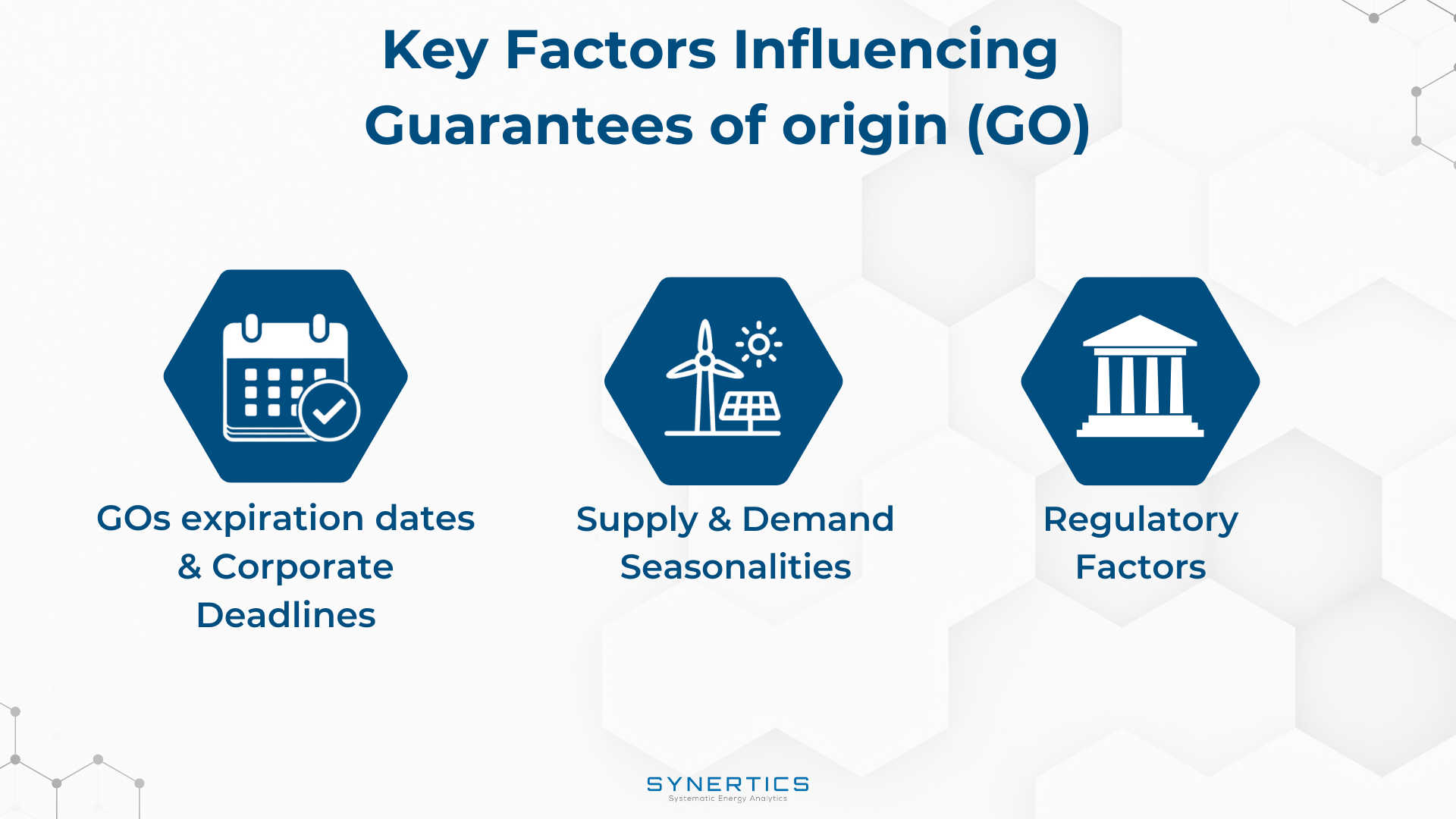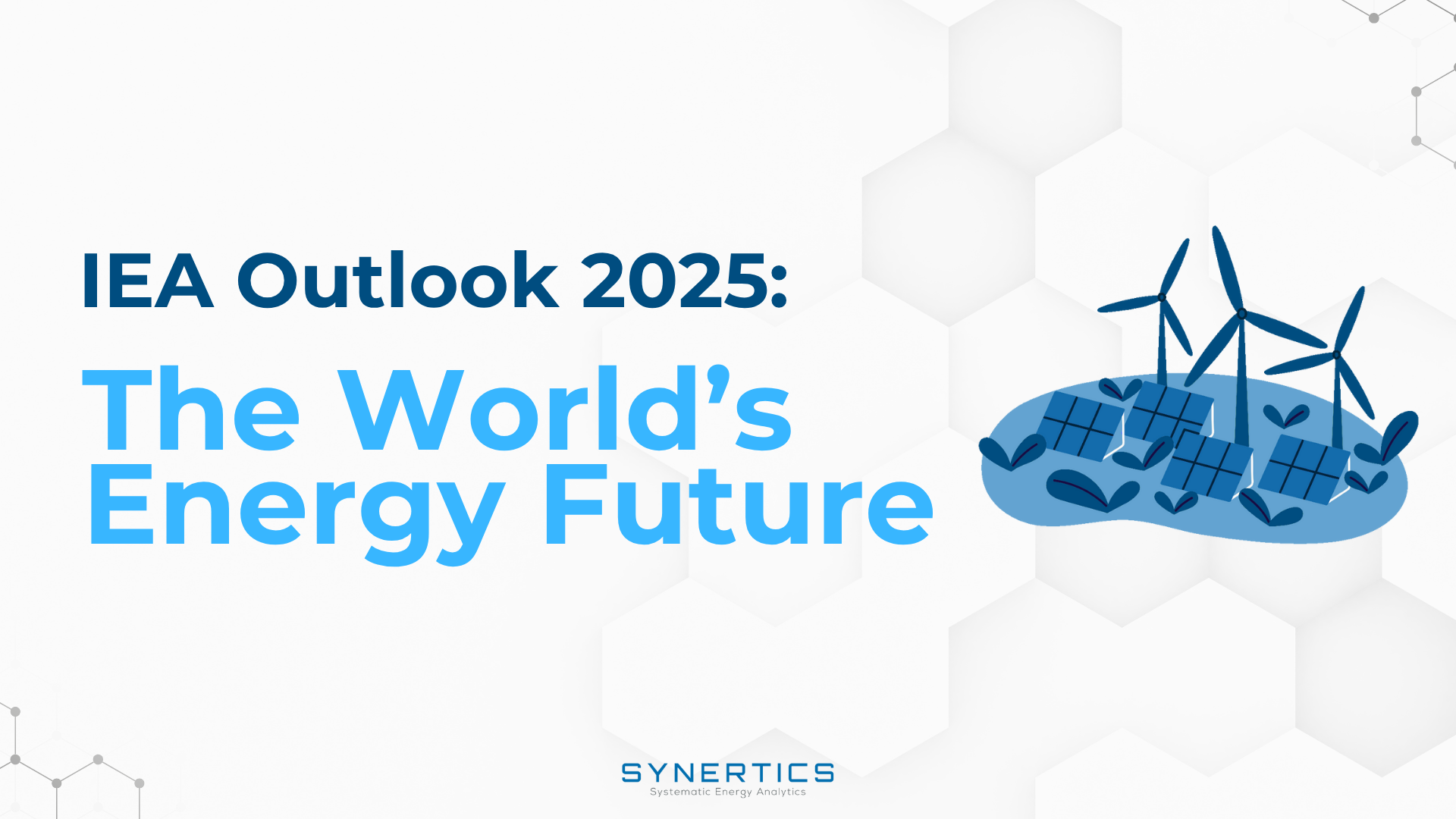Join us on our journey towards renewable energy excellence, where knowledge meets innovation.
Hybridisation is gaining traction within the renewable energy industry for several compelling reasons.

Renewable energy hybridisation involves combining different energy sources within a single connection point to optimize output and grid usage. The primary goal of this approach is to capitalize on the strengths of each energy source while compensating for their individual limitations, resulting in a more efficient and reliable energy production process.
What makes renewable energy hybridisation unique is that it harnesses multiple renewable energy sources, such as solar, wind, hydro, or biomass, and combines them in a way that leverages the same infrastructure (and capacity) for transmitting the generated energy.
For instance, imagine a hybrid energy generation system that incorporates both solar panels and wind turbines. During the day, when sunlight is abundant, the solar panels produce electricity. At the same time, the wind turbines might not be as active. However, when the sun sets or during cloudy periods, the solar panels generate less power, but the wind turbines can kick in and generate electricity. This complementary operation ensures a more consistent and reliable energy supply.

This efficient use of infrastructure minimizes the need for additional construction and reduces the overall environmental impact associated with energy generation.
There are two primary hybridisation approaches in accordance with regulations:
Reduced Environmental Impact: Sharing infrastructure, such as power lines and substations, minimizes the ecological and visual impact, in contrast to constructing new plants.
Enhanced Production: Hybridisation can rejuvenate older plants, optimizing energy production from them.
Local Economic Growth: Modernizing existing facilities can lead to job creation and economic development.
Operational Cost Reduction: Revitalizing existing installations diminishes the need for costly grid expansions, thereby reducing management and logistical expenses.
Stability Improvement: By transitioning between energy sources as needed, hybrid systems offer a reliable and predictable energy supply.
Efficient Infrastructure Use: Streamlining electric infrastructures results in operational and capital expense synergies.
Faster Project Integration: Utilizing existing access points accelerates the connection and commissioning of new renewable energy plants.
To summarize, the concept of renewable energy hybridisation presents a promising strategy to overcome the challenges posed by the intermittency of individual renewable energy sources. By integrating diverse sources in a harmonious manner, hybrid systems aim to offer a more reliable, efficient, and sustainable energy supply while maximizing existing infrastructure and minimizing environmental impacts.
Synertics provides advisory services and develops digital data-driven solutions for the energy industry with the purpose of driving productivity and transferring knowledge.

Insights, Market-trends
15th Dec, 2025

Insights
2nd Dec, 2025

Insights
19th Nov, 2025